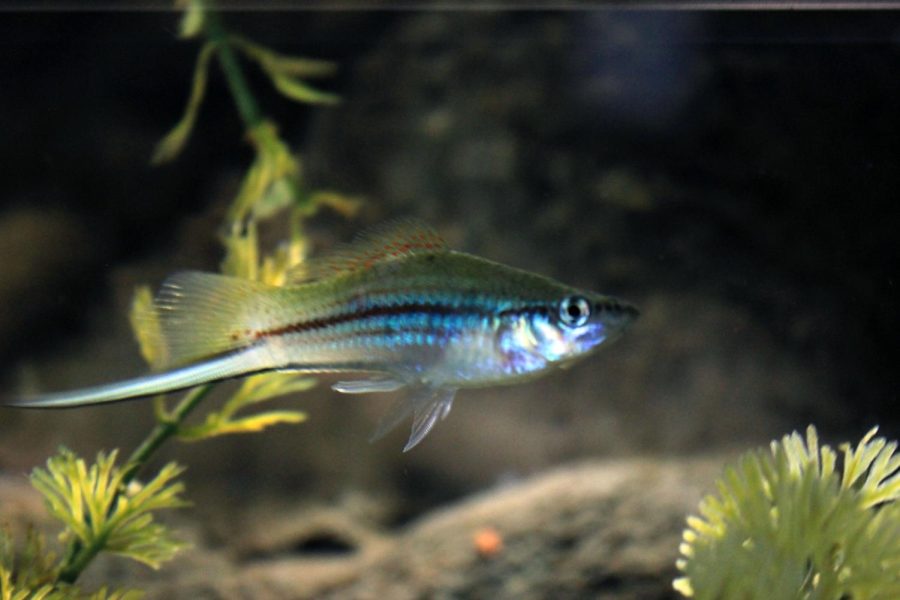US Faces Freshwater Fish Contamination
In the past week, there have been several fish in the nation’s freshwater region that contain unreasonably high amounts of a dangerous chemical known as PFAS, or perfluorooctane.
With these additives having made their way through public water systems into the nation’s drinking water, fish, shellfish, and other livestock have been harmed.
PFAS is a synthetic toxin that the government has phased out, yet it continues to linger in the environment. This chemical, part of a family of manufactured compounds, has been used since the 1950s to make nonstick products and those resistant to grease damage. These compounds are notorious for being extremely difficult to decompose, thus having earned the name “forever chemicals.” The commercial standard for the amount of PFAS allowed for drinking water was set by the FDA to be 70 parts per trillion, but was recently reduced to a mere 0.02 parts per trillion to accustom to safety concerns.
Scientists have measured the levels of PFAS in freshwater fish as coming close to 8,000 parts per trillion. According to environmental scientist David Andrews, to get the same amount of PFAS exposure in a single serving of fish, one would “have to drink an incredible amount…we estimate a month of freshwater.”
There are significant dangers associated with an intake of excessive amounts of PFAS. Chemicals related to PFAS can increase the risk of various chronic diseases and limited antibody response to vaccines. Since PFAS can build up in bodies and never break down, it also contributes to higher cholesterol levels and developmental issues. Scientists believe that the chemical poses threats to even those who consume fish infrequently.
They also believe that PFAS contamination will have an adverse effect on the entire Great Lakes community. Not only the lakes, ponds,but those who depend on those regions for sustenance and cultural practices. Angler communities, or those living along coasts or lakes, as well as immigrants who come from nations where fish is a staple, will be affected.
The studies have turned to identifying the source of this excessive PFAS contamination. According to Dr. Tasha Stoiber, as senior scientist at the Environmental Working Group, it is an “urgent public health priority.”
As of now, researchers believe that there may exceed 40,000 polluters of PFAS in the United States, including landfills, wastewater treatment plants, airports, and manufacturing facilities. Although this chemical has been entering the system for over the past decades, researchers believe that their techniques for detecting these substances have improved.
While additional research is underway, people are pushing for increasing regulations of the dumping of PFAS chemicals, and hope to bring about a better conclusion for the downstream communities.
In the meantime, however, this also means that more people are staying away from eating fish that they could be, which concerns officials. Michigan health leaders have recommended that their people refer to the state’s Eat Safe Fish guidelines if they plan to consume fish in Michigan. They guidelines include several contaminants that fish could include, says the Michigan Department of Health and Human services.

Akshata is a senior who loves to be creative and put her mind to things. She has been in the newspaper for three years, and is excited to finish her final...









